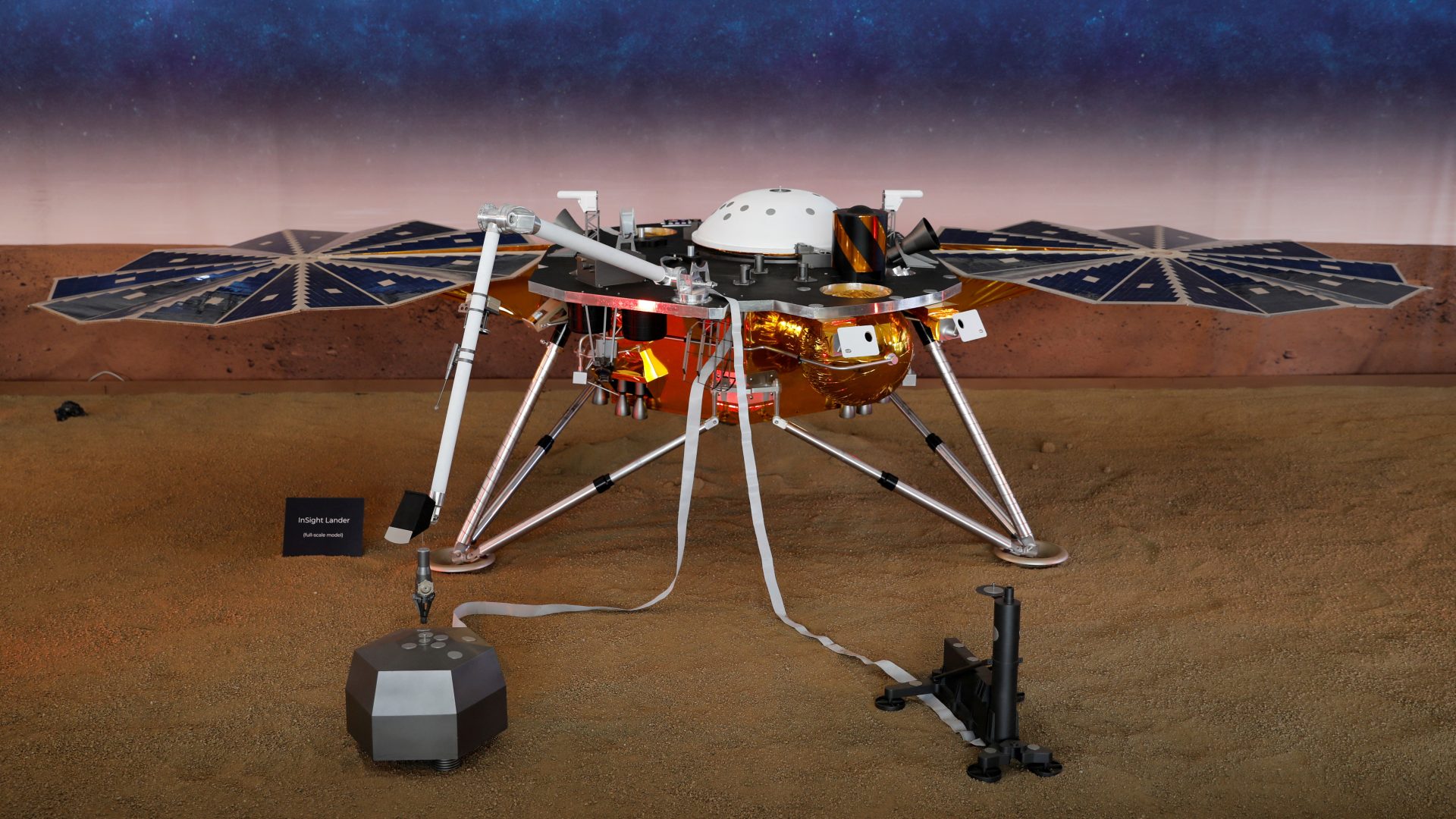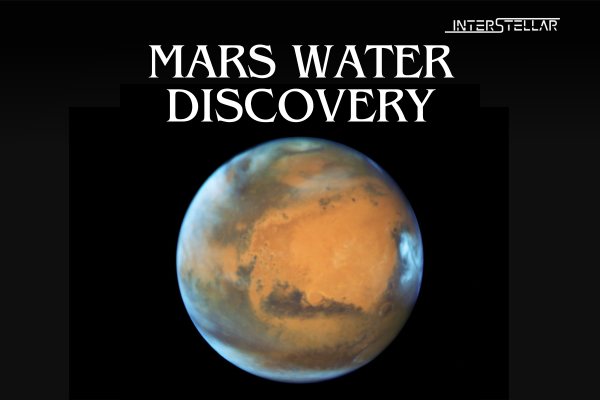Study Suggests Vast Amount of Liquid Water Beneath Mars’ Surface
A recent study using data from NASA’s Mars InSight lander has provided compelling evidence of a “vast amount of liquid water” located deep beneath Mars’ surface. Released on Monday, 12 August, the research marks a significant advancement in understanding the Red Planet’s subsurface environment.

Evidence of Liquid Water in Mars’ Deep Subsurface
One of the study’s authors, Vashan Wright from the Scripps Institution of Oceanography at the University of California, San Diego, emphasised that the findings do not confirm the existence of life on Mars. However, they do suggest that a critical ingredient for life, as we understand it, exists deep underground. Wright stated, “The only thing we can say is that a key ingredient for life as we know it and for habitability exists from 11 to 20 kilometres underground right now and likely existed for billions of years.”
The study offers insights into Mars’ ancient oceans and how they may have evolved over time. The presence of liquid water is particularly significant because it could inform future explorations of the planet, especially regarding its potential for past or present life.
Mars InSight Lander: A Four-Year Mission
The Mars InSight lander, which has been on Mars since 2018, played a crucial role in these findings. Over four years, the lander collected seismic data, recording how quakes affected the ground. This data allowed researchers to infer the materials or substances present beneath the surface.
The study’s findings suggest that liquid water likely exists in large reservoirs within fractures located between 11.5 kilometres (7.15 miles) and 20 kilometres beneath the surface. This discovery adds a new dimension to our understanding of Mars’ geological history, as the planet is known to have had lakes, rivers, and oceans more than 3 billion years ago.
Challenges and Implications for Future Research
While the evidence points to the existence of liquid water deep within Mars’ crust, directly accessing these reservoirs remains a significant challenge. Wright acknowledged that drilling to such depths would be difficult with current technology. Despite this, the study provides a model for understanding what happens to water after a planet loses its atmosphere, drawing parallels to Earth’s history.
The research, co-authored by Matthias Morzfeld of the Scripps Institution of Oceanography and Michael Manga of the University of California, Berkeley, was published in the journal Proceedings of the National Academy of Sciences during the week of 12 August.





